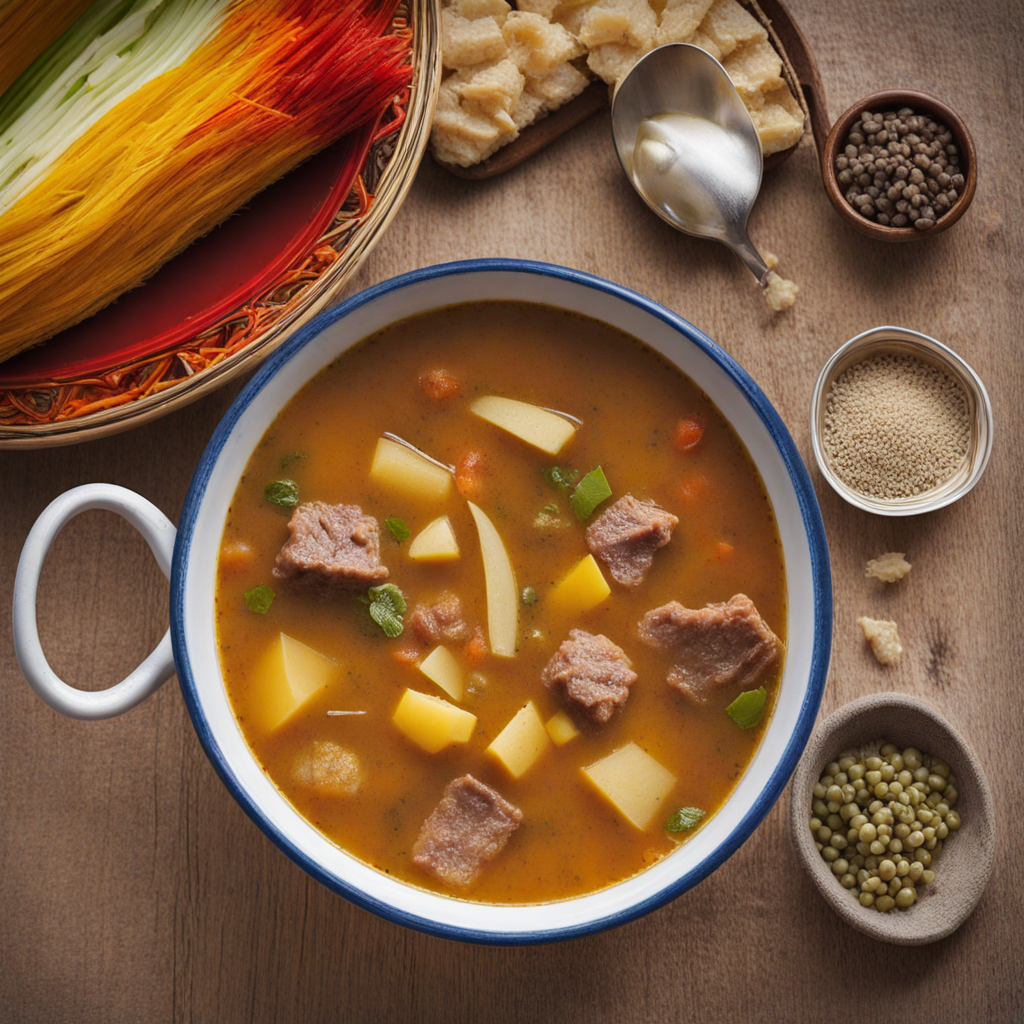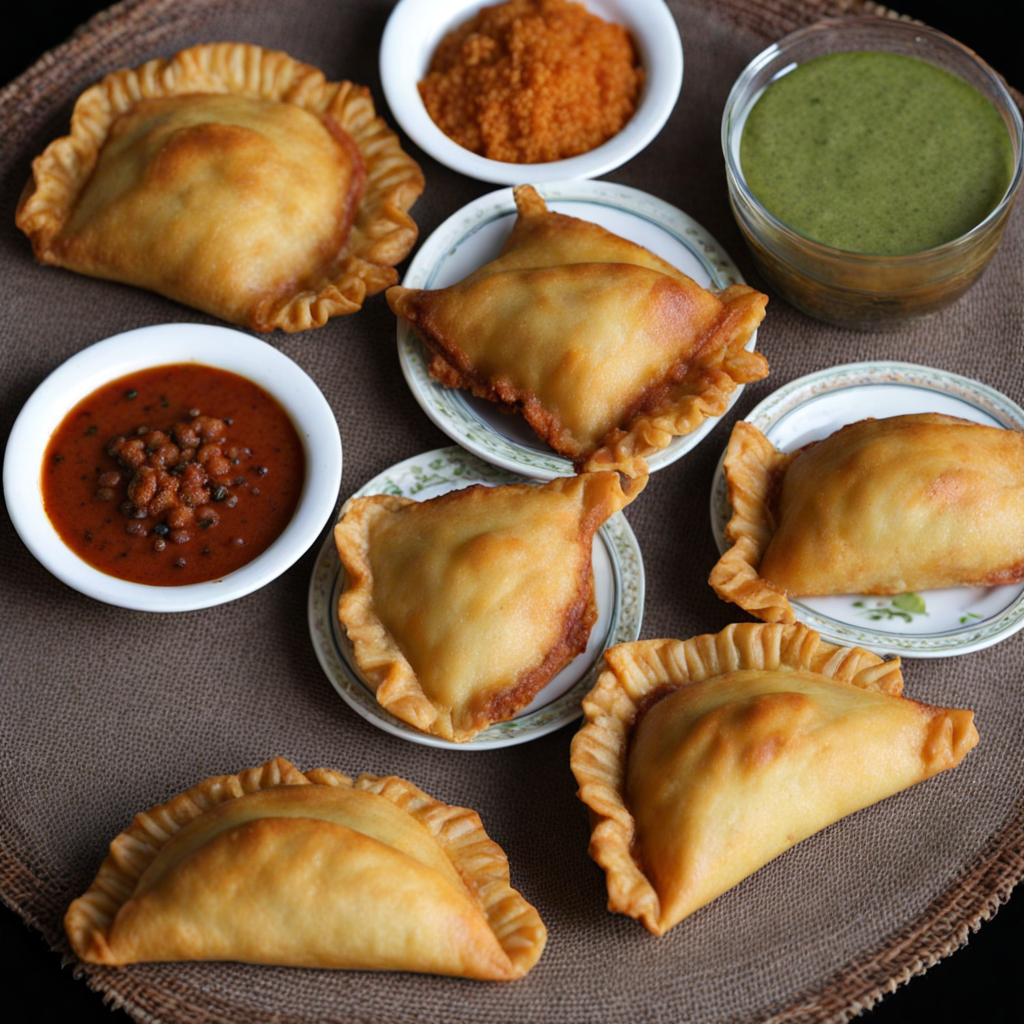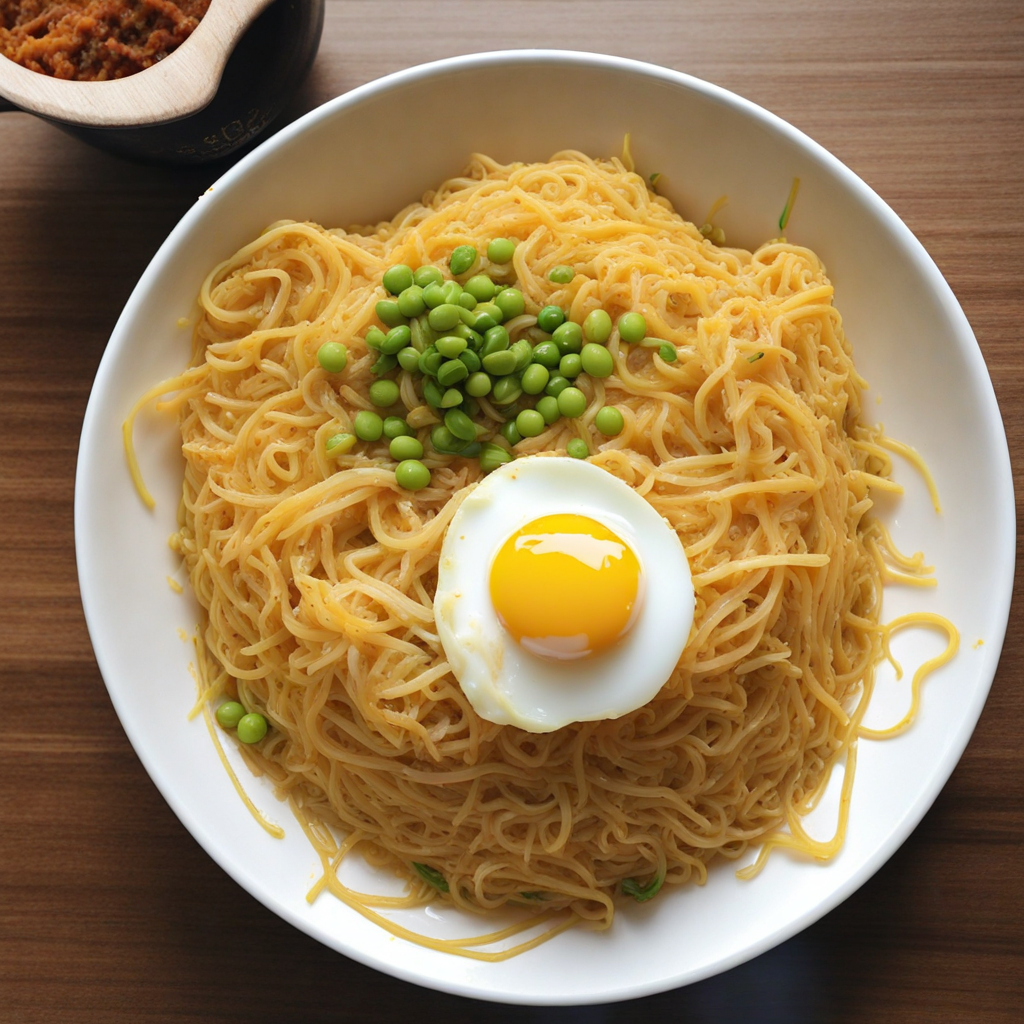Tucumanas
Tucumanas are a delightful Bolivian culinary treasure that offer a unique taste experience. These savory pastries are made from a thin, unleavened dough that is filled with a variety of ingredients, typically including seasoned meats, cheese, potatoes, and spices. The dough is expertly rolled out and then stuffed with the filling before being folded into a half-moon shape, creating a tantalizing pocket of flavor. Once assembled, Tucumanas are either fried to a golden crisp or baked for a slightly healthier option, resulting in a delightful contrast between the crunchy exterior and the flavorful filling inside. What truly sets Tucumanas apart is their rich regional history and the diverse variations that exist across Bolivia. While the classic version often features ground beef or chicken, there are numerous interpretations that cater to different tastes and preferences. Vegetarian options may incorporate ingredients like mushrooms, spinach, or a medley of local vegetables, allowing for a customizable experience that can cater to various dietary needs. Each bite of a Tucumana tells the story of Bolivian culture, showcasing the fusion of indigenous ingredients and culinary techniques that have been passed down through generations. Accompanied by a zesty salsa or a refreshing dipping sauce, Tucumanas become an explosion of flavors that awaken the palate. The combination of spices, herbs, and the tender fillings makes each pastry a warm, comforting dish perfect for a snack, appetizer, or even a main course. Whether you’re enjoying them at a street food stall or at a family gathering, Tucumanas embody the heart and soul of Bolivian cuisine, inviting food lovers to explore their rich and diverse culinary landscape.
How It Became This Dish
The History of Tucumanas: A Culinary Treasure of Bolivia #### Origins of Tucumanas Tucumanas are a traditional Bolivian dish that hails from the region of Tucumán, which is situated in the northwestern part of Argentina, although their cultural significance is deeply rooted in Bolivia, particularly in the Andean regions. The origins of Tucumanas can be traced back to the indigenous peoples of the Andes, where the practice of making stuffed pastries has been prevalent for centuries. This culinary tradition reflects a blend of indigenous ingredients and techniques, influenced by Spanish colonization and later, cultural exchanges among diverse communities. The key components of Tucumanas are simple yet flavorful: a dough made from wheat flour, filled with a hearty mixture of ingredients, typically including potatoes, cheese, and sometimes meat, seasoned with spices. The dough is rolled out, filled, and then folded into a crescent shape before being baked or fried until golden brown. This cooking method not only enhances the flavors but also creates a delightful texture that has made Tucumanas a beloved comfort food. #### Cultural Significance Tucumanas are more than just a dish; they are a symbol of Bolivian culinary heritage and identity. They are commonly enjoyed in various social settings, from family gatherings to festive celebrations. The dish is often associated with the concept of "pachamama" (Mother Earth) and the Andean principle of reciprocity. In this context, preparing and sharing food like Tucumanas is seen as an act of gratitude and connection to the land and community. In Bolivia, Tucumanas are particularly popular in the regions of La Paz, Oruro, and Potosí, where they are often served at markets and street food stalls. They are a staple during local festivals, such as the renowned "Fiesta de la Virgen de Socavón," where vendors showcase their culinary skills by preparing large batches of these delicious pastries. The communal aspect of food preparation and consumption is integral to Bolivian culture, and Tucumanas are often made in large quantities to be shared among family and friends. #### Development Over Time As the years have progressed, the recipe and preparation of Tucumanas have evolved, influenced by both regional variations and globalization. The basic concept of a stuffed pastry remains constant, but the fillings and cooking methods have diversified. While the traditional fillings of potatoes and cheese are still prevalent, modern interpretations often include other ingredients such as chicken, beef, or vegetables, reflecting the tastes and preferences of a younger generation. In urban centers, particularly in La Paz, the popularity of Tucumanas has surged, leading to the emergence of specialized restaurants and food stalls that focus on this dish. Chefs are experimenting with gourmet versions, incorporating unique flavors and presentation styles, while still preserving the essence of the original recipe. This evolution has not only helped to keep the dish relevant but has also introduced Tucumanas to a broader audience, both domestically and internationally. The rise of food tourism has also played a significant role in the resurgence of traditional dishes like Tucumanas. Travelers seeking authentic culinary experiences are increasingly drawn to local markets and street vendors, eager to savor the flavors of Bolivia. As a result, Tucumanas have found a place on the menus of restaurants that celebrate Bolivian cuisine, contributing to a growing interest in the country's rich culinary heritage. #### Regional Variations and Influence Within Bolivia, there are various regional adaptations of Tucumanas. In some areas, the dough may be enriched with eggs or flavored with herbs, while others may feature different spices or additional fillings. For instance, in the highland regions, Tucumanas are sometimes prepared using local ingredients such as quinoa or fava beans, showcasing the agricultural diversity of the Andean landscape. Additionally, the influence of neighboring countries cannot be overlooked. The culinary practices of Peru and Argentina have left their mark on Tucumanas, resulting in hybrid versions that incorporate diverse flavors and techniques. This cross-cultural exchange enriches the dish, making it a dynamic part of Bolivia's culinary tapestry. #### Tucumanas in Contemporary Culture Today, Tucumanas are more than just a traditional food; they have become a symbol of national pride and cultural identity for many Bolivians. As the country continues to navigate the complexities of globalization and modernization, there is a growing movement to preserve and promote traditional foods. Local chefs, food writers, and cultural advocates are working to ensure that recipes like Tucumanas are passed down through generations, maintaining their significance while allowing for innovation. Social media has also played a crucial role in the revitalization of traditional dishes. Platforms like Instagram and Facebook have provided a space for food enthusiasts to share their culinary creations, including Tucumanas. This visibility not only celebrates the dish but also fosters a sense of community among food lovers who appreciate the rich history and flavors of Bolivian cuisine. #### Conclusion The history of Tucumanas is a fascinating narrative that encapsulates the essence of Bolivian culture, blending indigenous traditions with contemporary influences. From their humble origins as a staple of Andean cuisine to their current status as a sought-after dish in urban settings, Tucumanas embody the spirit of resilience and adaptability. As Bolivia continues to embrace its culinary heritage while facing the challenges of a globalized world, Tucumanas remain a beloved symbol of national identity and a testament to the power of food to connect people across cultures and generations. Whether enjoyed in a bustling market or at a family gathering, Tucumanas will always hold a special place in the hearts and stomachs of Bolivians.
You may like
Discover local flavors from Bolivia







